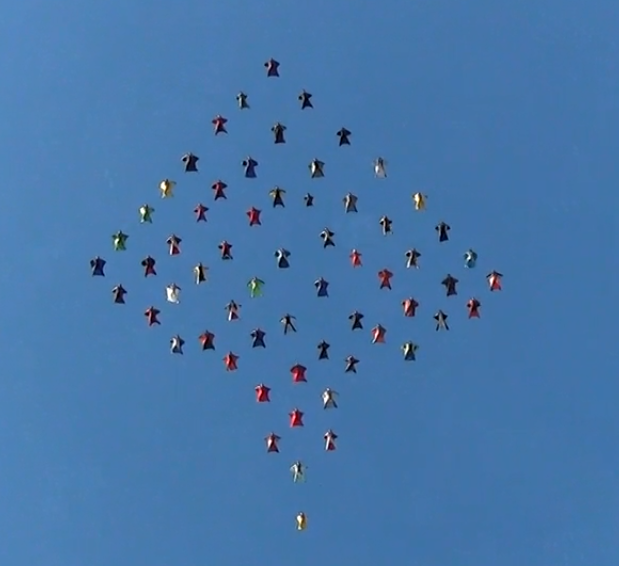Recommended Posts
kallend 2,230
Quote[replyYes, and some DZ's both do not implement the ISP nor do they verify completion of all the requirements of the card.
"Hey, Joe Student, did you do all this stuff?"
"Yeah"
"OK, I'll just sign it all off."
ah...well, unfortunately, you can't address that problem by adding a rule that everyone needs to follow the rules.
Have you found many A's that got out of that particular requirement, though? I've no doubt that lots of the items are pencil whipped, esp in gear maintenence.
How about "Rule #1 - do not kill or injure yourself or anyone else - violators will be grounded" and leave it at that. It gets right to the point, no pussyfooting around.
...
The only sure way to survive a canopy collision is not to have one.
The only sure way to survive a canopy collision is not to have one.
skybytch 273
Quotemaking a rule that would be better would be something like "no turns of more than 90 degrees shall be made at an altitude of less than 200 feet".
And that can be enforced how?
"Sorry Bob, you started a 180 at 100 feet, we have to ground you. Oh wait, you're dead. Never mind."
bob.dino 1
Quote"Sorry Bob, you started a 180 at 100 feet, we have to ground you. Oh wait, you're dead. Never mind."
It's a self-enforcing rule.




Once you've converted onto sport gear, you do five solo conversion jumps, the last of which is a hop n pop, usually from about 2500.
Many folk then don't do another hop n pop for years at a time.
Share this post
Link to post
Share on other sites